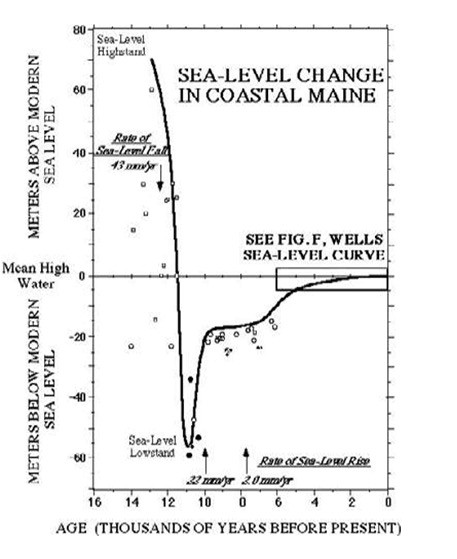Contrast proglacial lakes and pluvial lakes
What will be an ideal response?
Proglacial lakes form at glacial fronts (or just beyond the outer limits of a glacier) where ice blocks rivers and/or traps glacial meltwater to form large bodies of water. Although pluvial lakes also form during ice ages, they are the result of the cooler and wetter climate driving up precipitation. Precipitation fills inland basins, causing pluvial lakes to form.
You might also like to view...
Explain the formation of the small pond and swamp just northwest of Drakes Beach.
The question is based on Map T-15, the “Point Reyes, California” quadrangle (scale 1:62,500; contour interval 80 feet) showing Point Reyes and Drakes Bay in Point Reyes National Seashore (38°01'38"N, 122°57'51"W). What will be an ideal response?
Which of the following is true about a molecule which contains three polar bonds each of which have the same degree of polarity?
A) The molecule will always be polar. B) The molecule will never be polar. C) The molecule will be polar if the electron distribution is tetrahedral. D) None of the above is true.
Answer this question that relates to the sea level change graph below. What happened to cause the graph to rise from its position 11,000 years ago to where it is at present?
What happened to cause the graph to rise from its position 11,000 years ago to where it is at present?
A. Glaciers melted releasing large volumes of water. B. Excessive rains caused sea level to rise. C. More evaporation began occurring that increased runoff.
Studies of cores from polar ice sheets indicate a correlation between greenhouse-gas concentrations and temperatures but do not indicate cause-and-effect.
Answer the following statement true (T) or false (F)